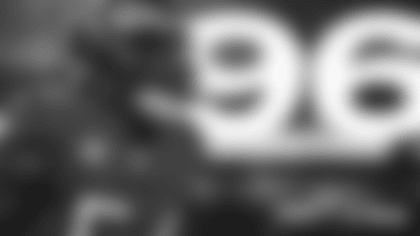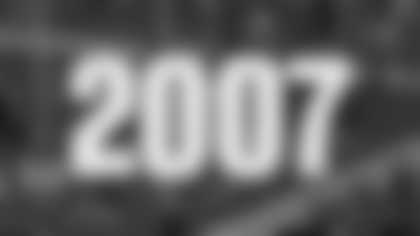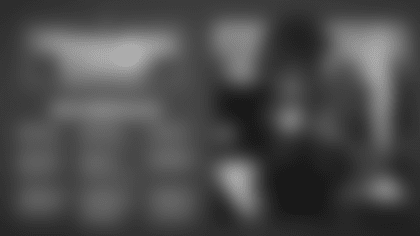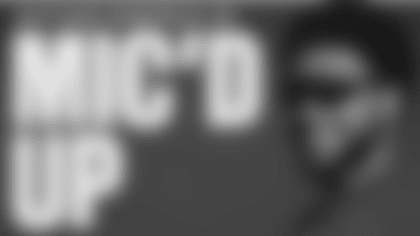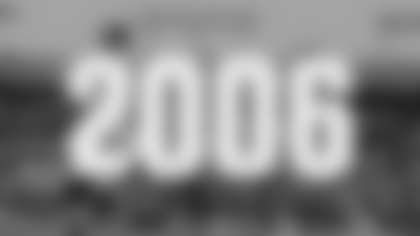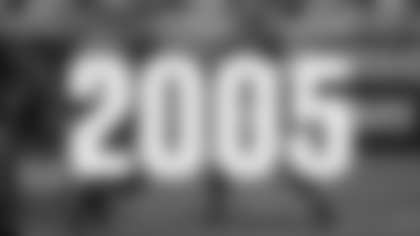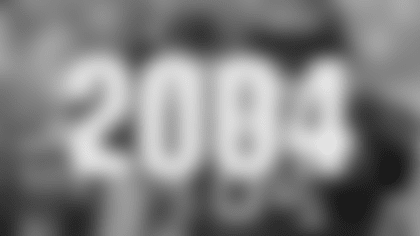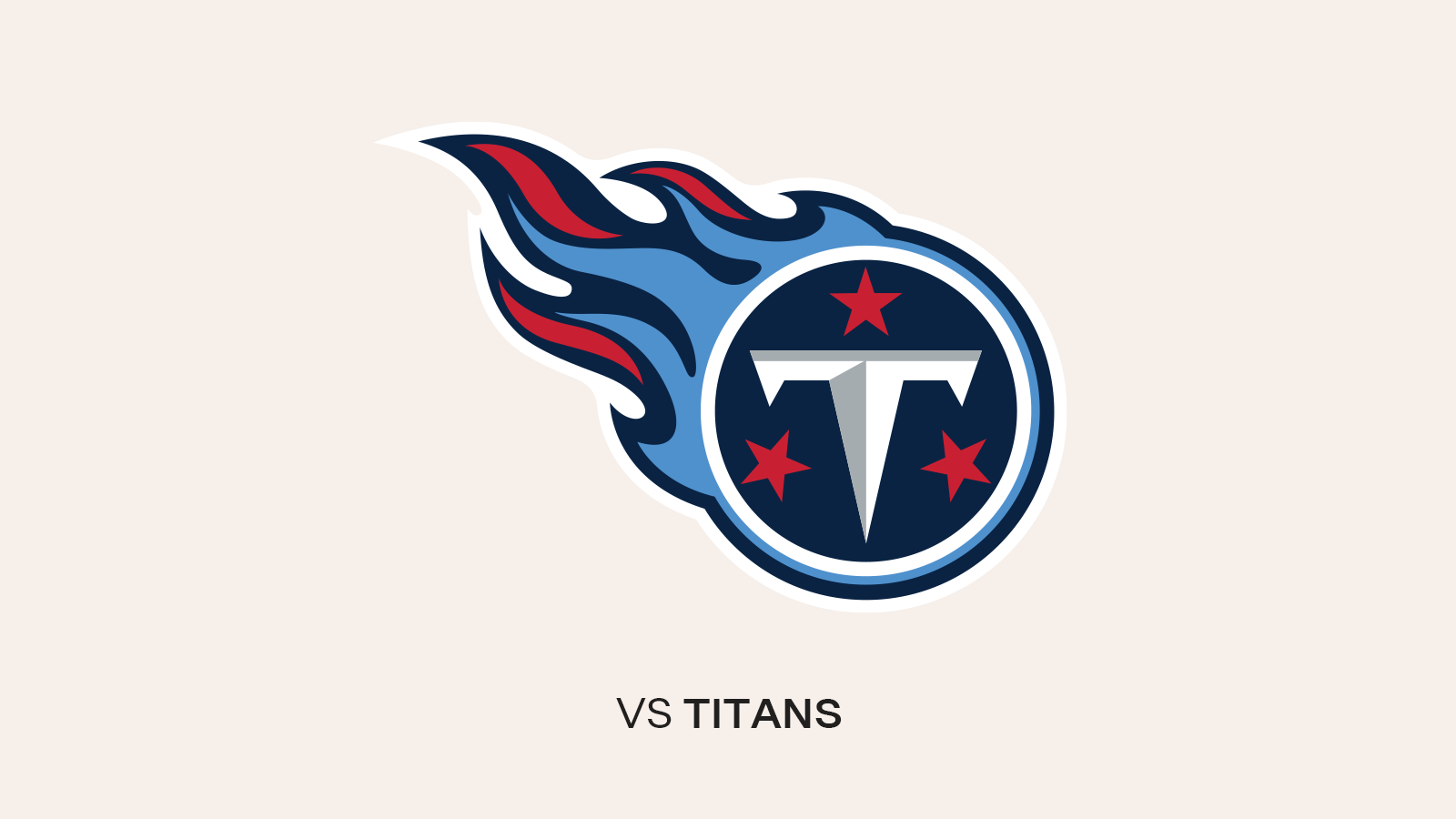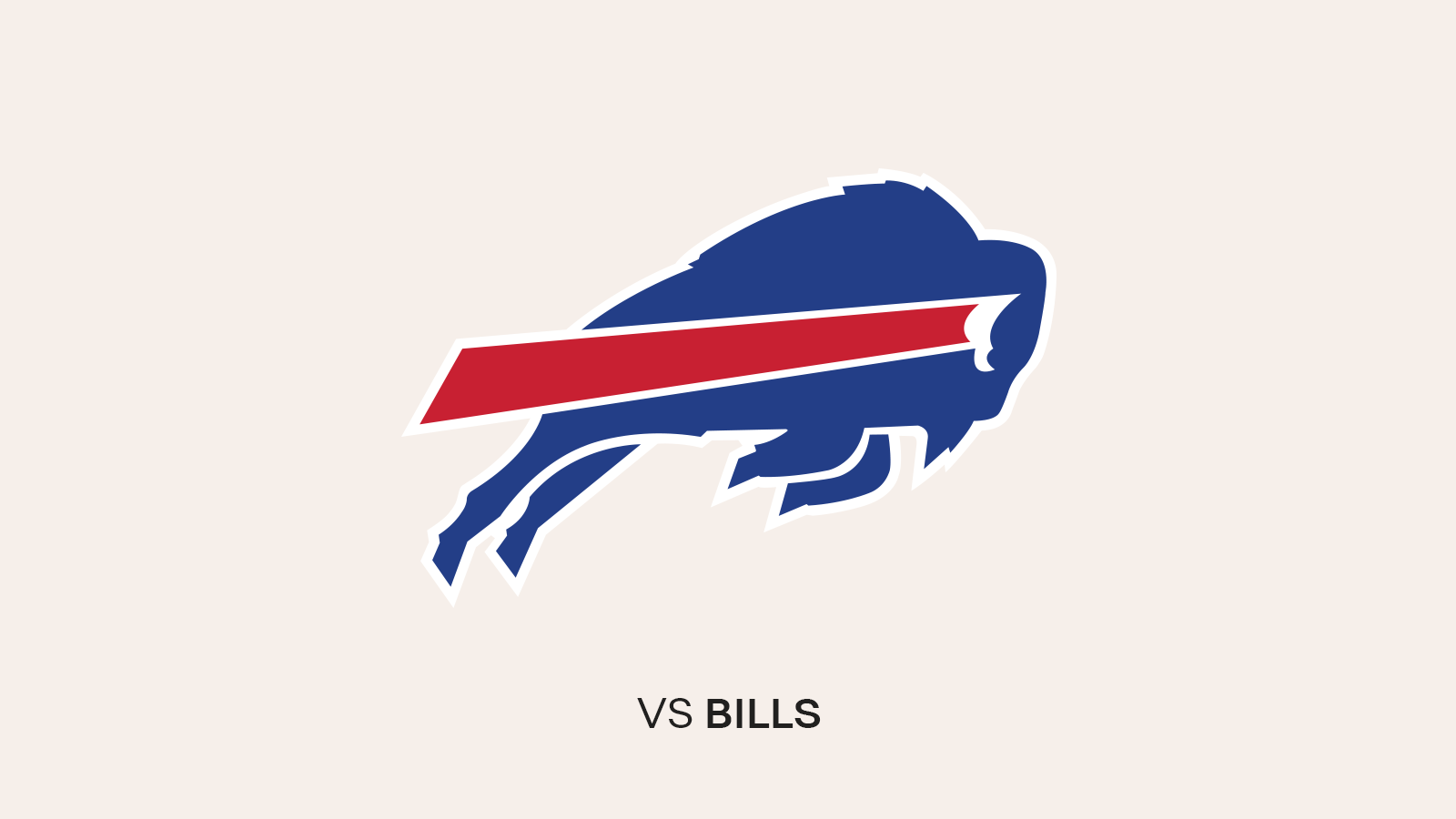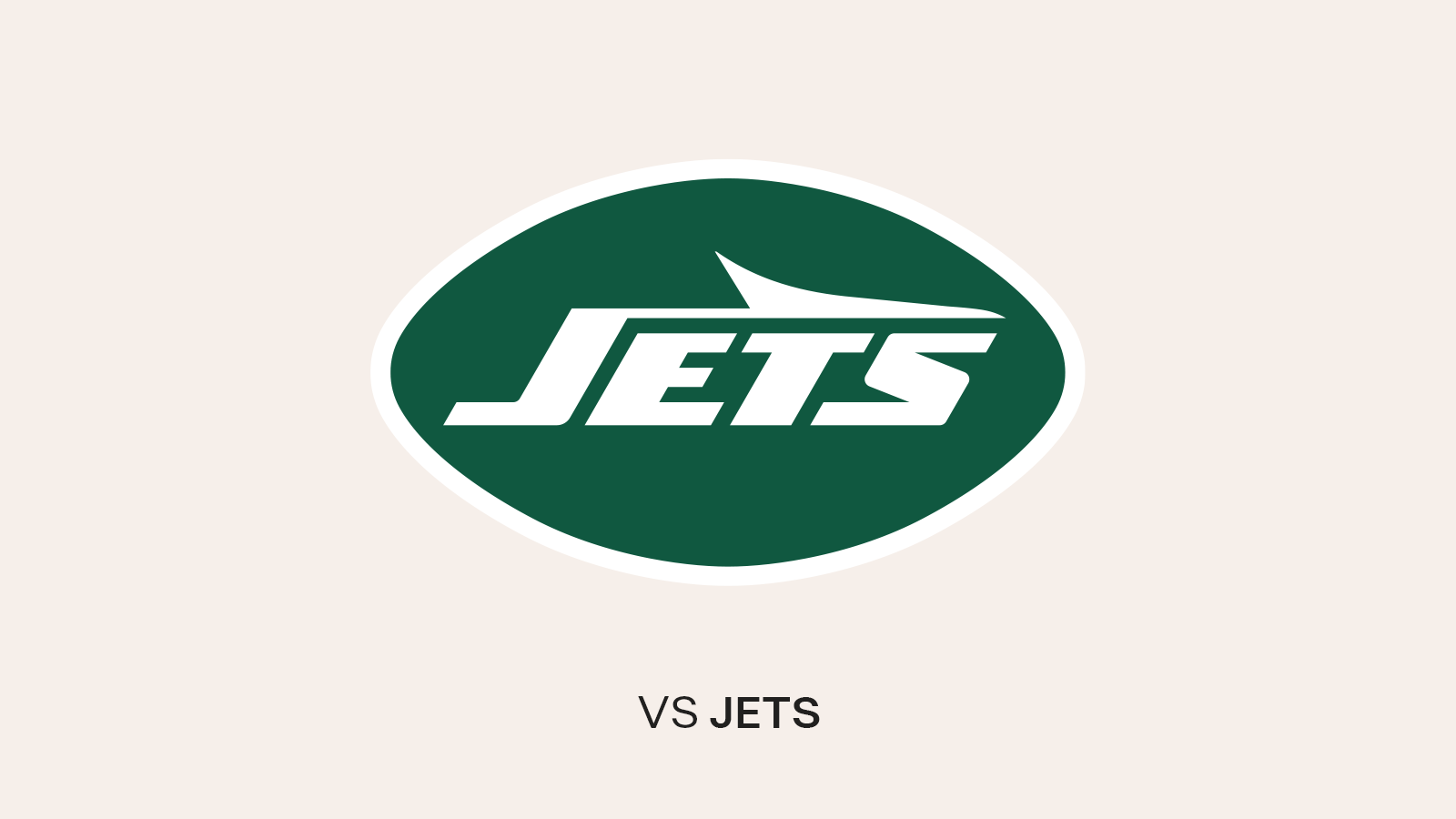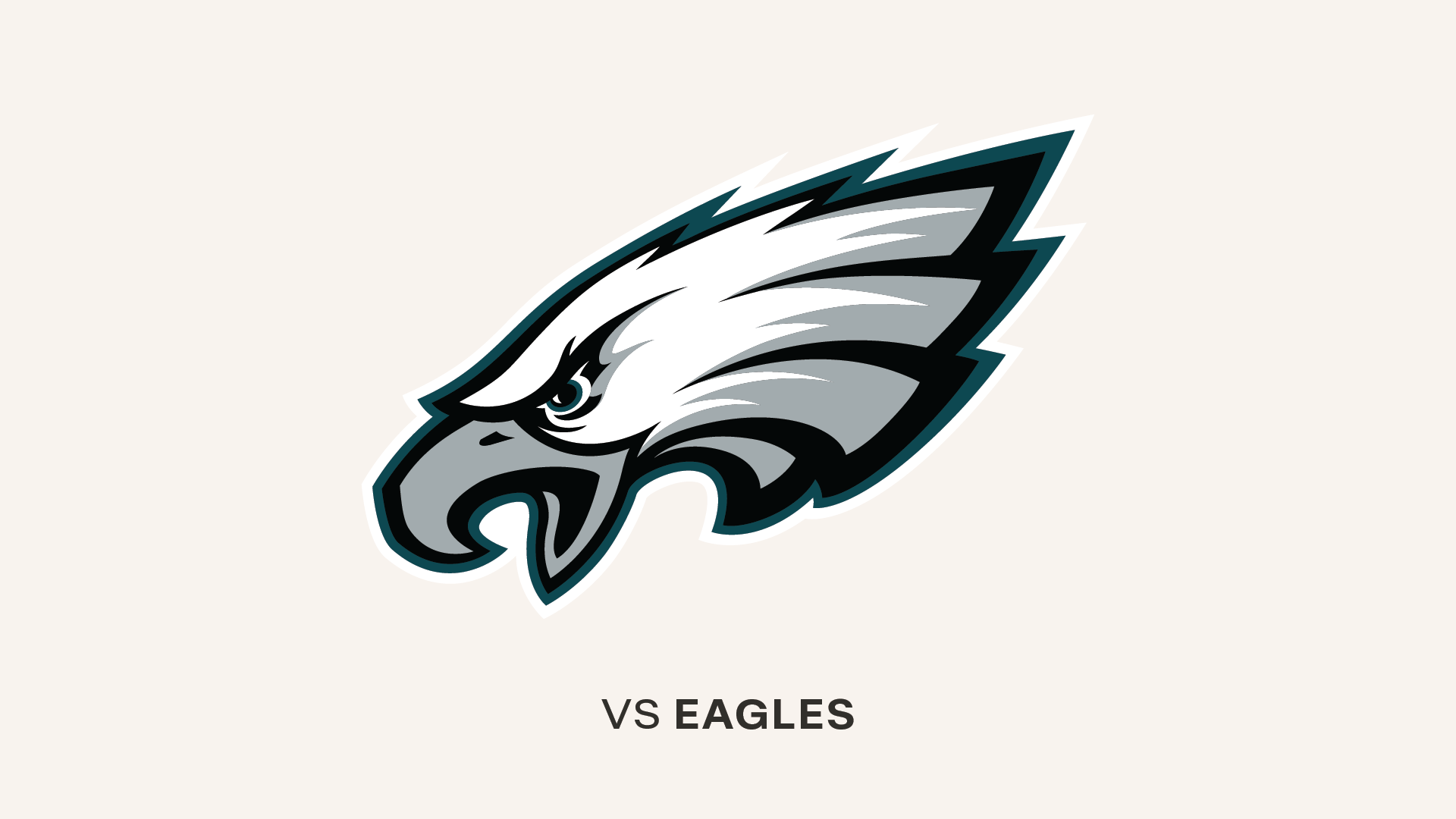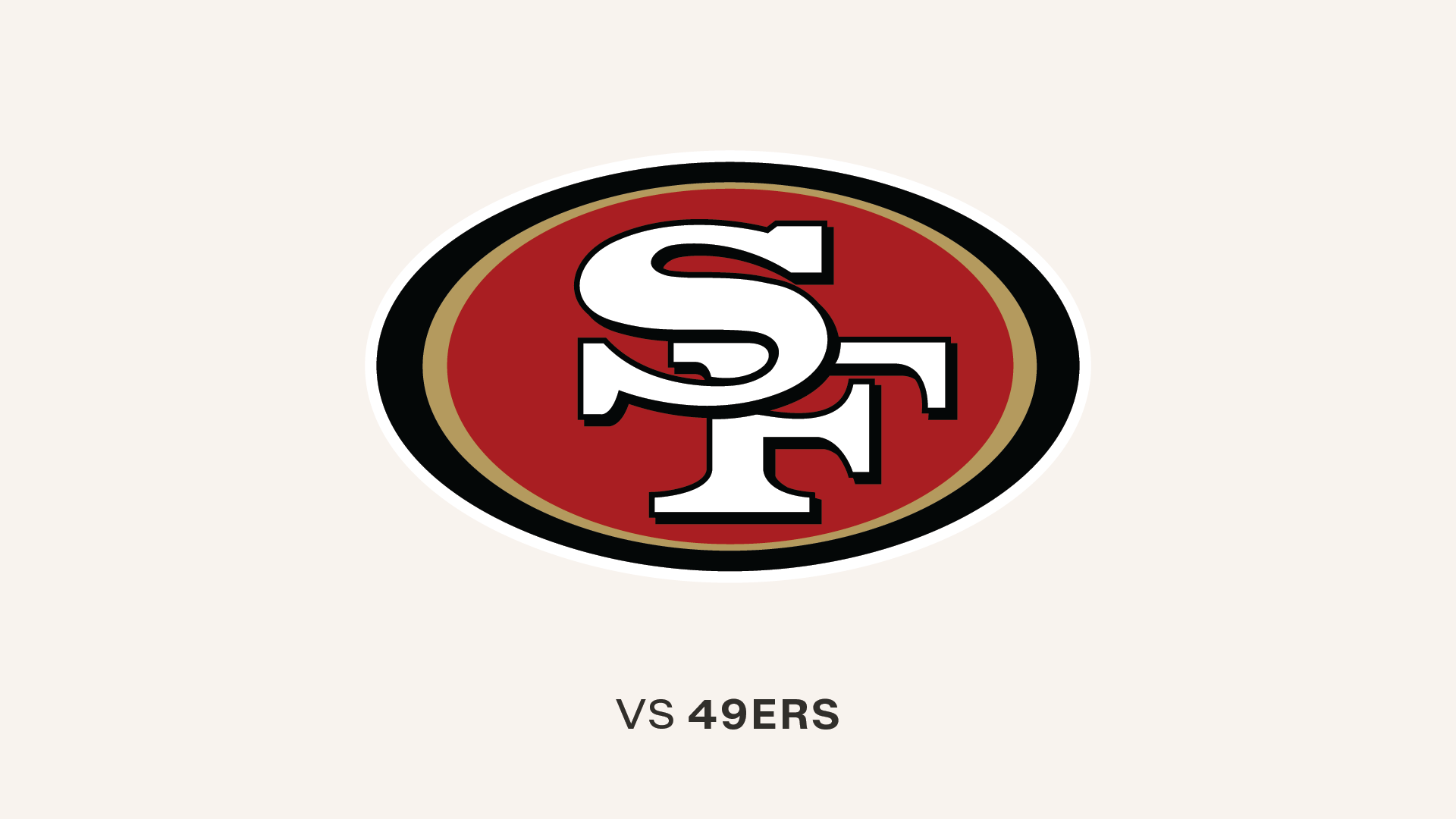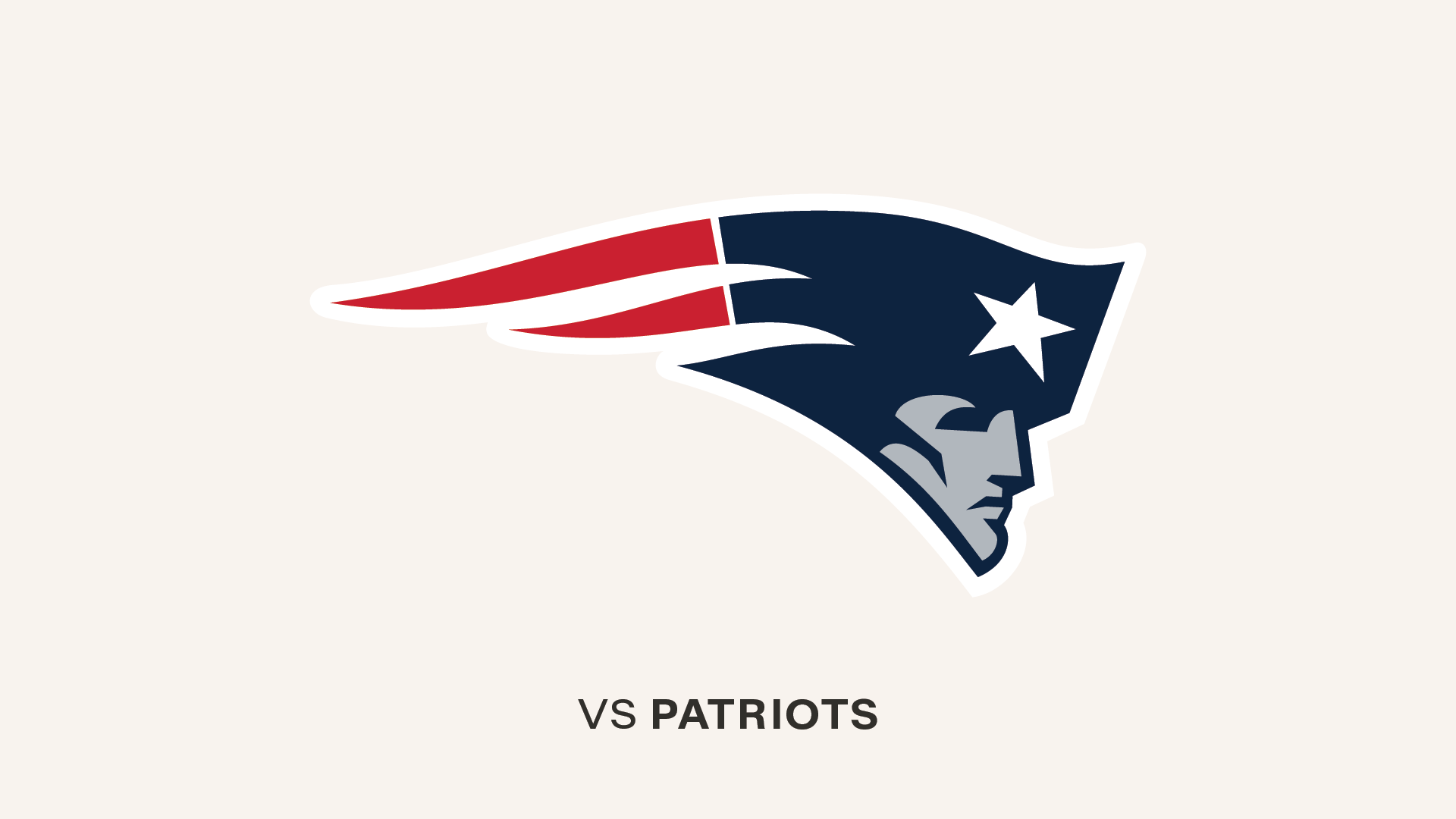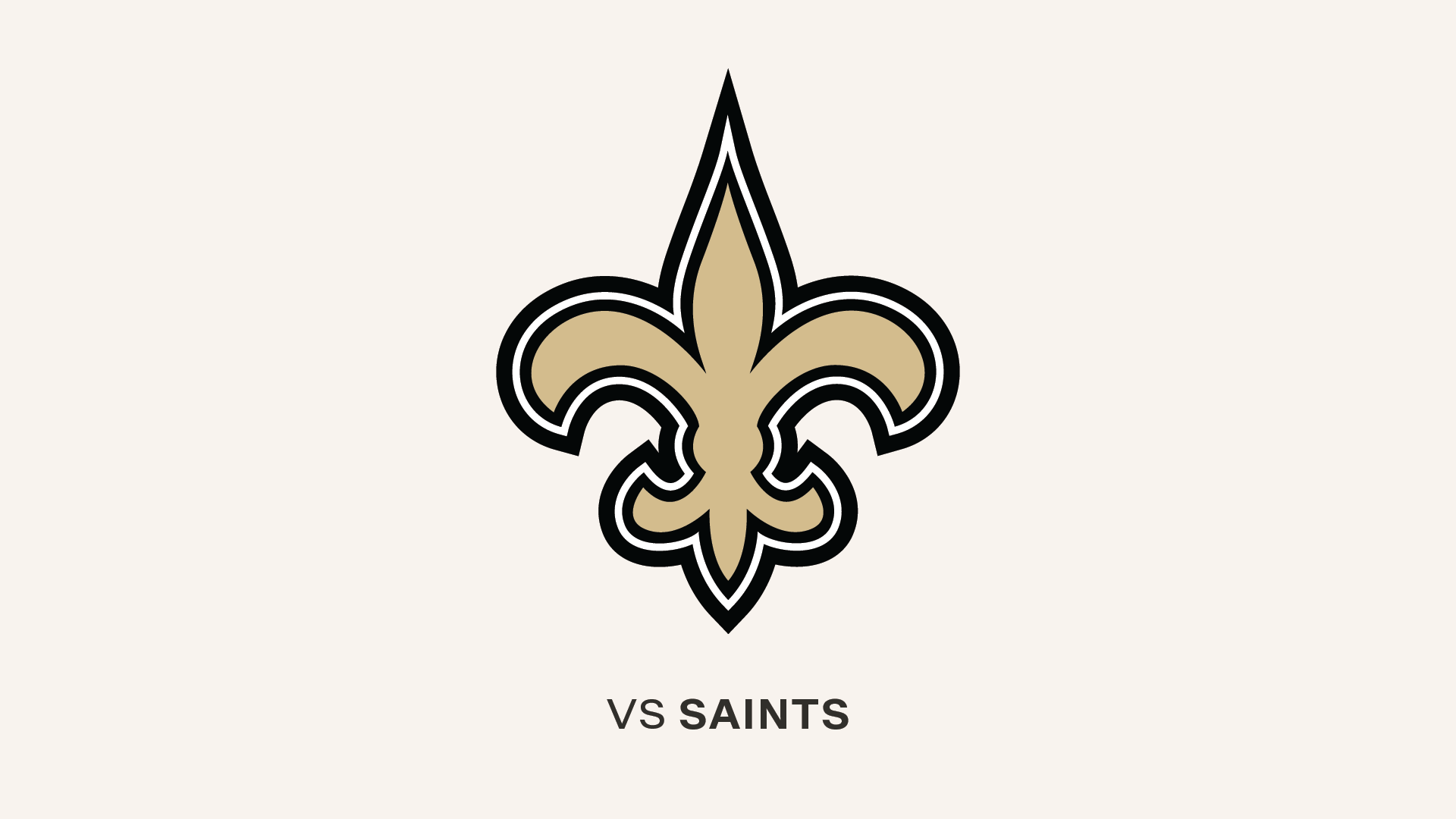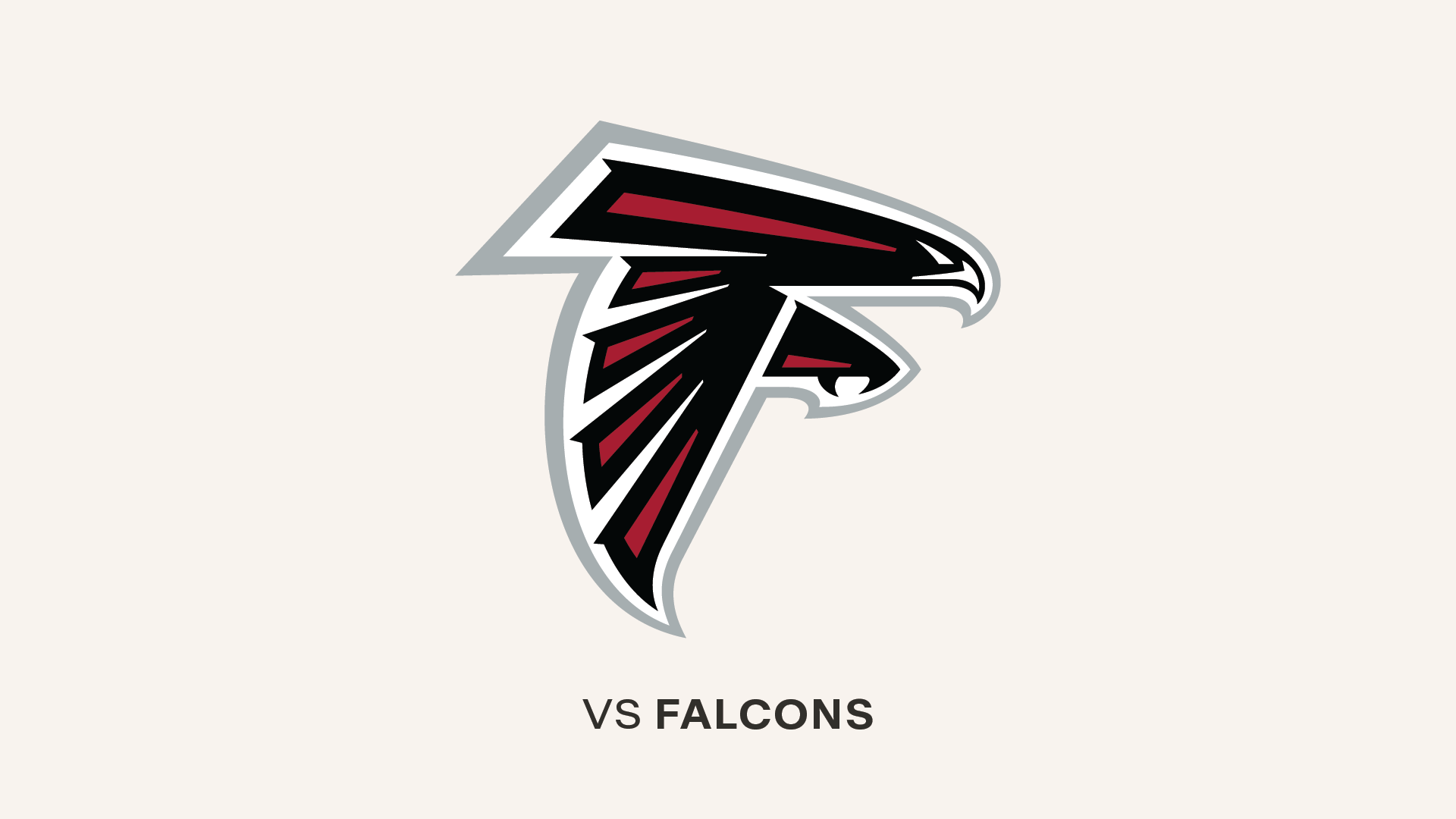The green dot, which signals a helmet with a radio receiver in it, will be twice as common in 2008
As far as Cato June is concerned, 14 years was long enough.
That's how many seasons NFL quarterbacks have enjoyed the advantage of radio communication with their sidelines during regular-season games. Since 1994, quarterback helmets have been fitted with a receiver, allowing coaches on the sideline to communicate with their passers without the need of hand signals, substitutions or hurried runs over to the sideline.
In a decade and a half, this once novel idea has become seamlessly integrated into the game. Teams still learn and occasionally use hand signals with their quarterbacks – in part because there is always the possibility of interference or equipment malfunction – but the coach-to-QB radio connection has become standard practice.
In the last few years, however, some have started to question the practice. Specifically, the question was: Why doesn't the defense get a helmet-radio, too? For most teams, the middle linebacker is something of a "quarterback" on defense, making most of the play calls. Perhaps his coordinator should be able to communicate with him more easily, too.
The NFL's competition committee first proposed putting a receiver into one defensive player's helmet two years ago, during the 2006 league meetings. The idea was voted down in '06 and again in '07. On Tuesday, however, a third shot at changing the rule succeeded. The league required 24 out of 32 votes to make the change, and got 25 during the owners' meetings in Palm Beach.
"It's about time," said June, when the news was relayed to the Tampa Bay Buccaneers headquarters. "It makes the playing field a little more equal. We won't have to signal our calls in, so we can have the same type of communication the offense does."
The Buccaneers, however, were one of the seven teams to vote against it. General manager Bruce Allen voiced the opinion of Tampa Bay's management on the proposal, suggesting that their could be significant issues with its implementation.
"We're concerned about the technology; we think it's unnecessary and too likely to experience problems," said Allen. "A middle linebacker or a safety is going to be in a lot of violent collisions, and that could affect how the radio works. It's happened with the quarterback's helmet through the years and I think it's fair to expect it to happen more often on defense."
The implementation details are a little more complicated on defense, too. In fact, it wasn't until the competition committee added a second helmet with a receiver in it that the proposal passed.
On offense, all quarterback helmets are fitted with the radio, because there is always one and only one quarterback on the field. In contrast, the defense will get to choose which helmet gets the receiver, since the team will want to make sure it goes to a player who rarely or never comes off the field.
But what if that player is injured and has to leave the game? The response to that issue was to give the defense a second helmet with a receiver. The second helmet will likely belong to another player who rarely comes out of the game – say, a strong safety – but it can't be worn on the field as long as the first helmet radio is in the game. If the player with the first receiver leaves the game, the second player can then go to the sideline and switch helmets to get the second receiver in the game. Of course, Allen's point is that the dozens of hard tackles these defenders are in during a game could lead to frequent malfunctions with one or both of those receivers.
Some also wonder how effective it will be for the defense, given that the system will have the same built-in cutoff time as the one in the quarterback's helmet. Because the league doesn't want its coaches chatting with the players right up to the snap, alerting them off every little shift and change they see from the other side, the quarterback's radio automatically shuts off when the play clock gets down to 15 seconds.
Since the defense's play calls are in part a reaction to what they believe the offense is going to try to do, which is largely determined by what offensive personnel is on the field. If the offense sends in a new personnel package at or near the 15-second mark, the defense will have to go back to hand signals after its radio is cut off.
June understands that there may be issues with the defensive radios, but still approves of the NFL's attempt to level the playing field.
"You still learn the system and all the signals," he said. "The radios aren't going to be a foolproof thing, but we'll be able to at least go on the field and have the same pre-snap capabilities that the offense does."
Quarterback Jeff Garcia has had years to get used to the voices in his head during games, but he doesn't think it will be a difficult transition for his defensive counterparts. Play calls from the defensive coaches, he says, are generally less complicated and easier to communicate than those coming from the offensive staff.
And contrary to what you might expect, Garcia doesn't mind that the other side has potentially gained a tool that could help it thwart opposing offenses.
"That's fine," he said. "If the offense can have the radio, there's no reason the defense shouldn't have one for the main guy who's receiving the signals in from the sideline. I think it's all fair."
Perhaps? But will it be effective? We'll find out next fall.






